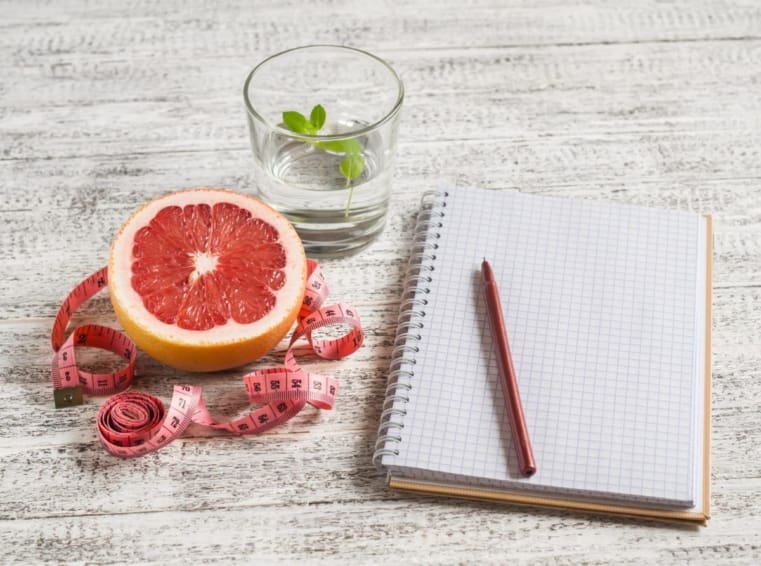
A food diary is a daily log of what you eat and drink each day. The diary helps you and your doctor understand your eating habits. It can help you realize what you consume. Once you know this, you can make changes to your diet to improve your weight.
Studies have found that people who have weight loss goals are more successful when they keep a food diary. They lose more weight and are more likely to keep it off.
Path to improved health
You should keep your food diary with you throughout the day. If you want to keep track on paper, select a notebook that will fit in your purse, backpack, or pocket so you can carry it with you all the time. There are also many apps that can keep track of your food and drink. Ask your doctor for recommendations on the one best for you.
Once you have your diary, you should log several pieces of information in it each time you eat and drink. These include:
- How much. List the amount of food and drink you consume each time. This might be measured in volume (such as 1/2 cup), weight (such as 2 ounces), or the number of items (such as 12 chips).
- What kind. Write down the type of food and drink. Be as specific as you can. Don’t forget to write down extras, such as toppings, sauces, dressings, or condiments. Examples include butter, ketchup, or sugar.
- Track the time of day you eat and drink.
- Make note where you eat and drink. If you’re at home, write down the room. For instance, at the dining room table, in the kitchen, or on the sofa. If you’re out, write down the name of the restaurant or if you’re in your car.
- Who with. If you eat by yourself, write “alone.” If you’re with friends or family members, list them.
- In this column, list any activities you do while you eat or drink. You could be working, watching TV, or playing a game.
- You also should include how you feel when you eat and drink. Are you happy, sad, or bored? Your mood can impact what and when you eat or drink.
| How much | What kind | When | Where | Who with | Activity | Mood |
|---|---|---|---|---|---|---|
| 3 mini | chocolate chip cookies | 3:25 p.m | office | alone | working on report | bored |
| 1 8 oz. | cheeseburger | 6:15 p.m. | Burger King | Claire, Jackie | talking | happy |
| 1 medium | french fries | 6:15 p.m. | Burger King | Claire, Jackie | talking | happy |
| 1 medium | vanilla shake | 6:15 p.m. | Burger King | Claire, Jackie | talking | happy |
| 1 cup | Haagen Dazs strawberry ice cream | 10 p.m. | kitchen | alone | watching TV | tired |
When keeping a food diary, some basic rules to remember are:
- Write everything down. Write everything down, no matter how small it seems.
- Do it now. Don’t rely on your memory at the end of the day. Record your eating and drinking details as you go.
- Be specific. Record your food exactly how you eat it. If you have fried chicken strips, list that. Don’t just say chicken.
- Estimate amounts. If you have a piece of cake, estimate the size (such as 2″ x 1″ x 2″). If you have vegetables, record how much you eat (such as 1/4 cup). Note a 3-ounce cooked portion of meat is about the size of a deck of cards.
Things to consider
In order to succeed, your diary needs to be truthful. You won’t gain anything by cheating to look good. Share your food diary with your doctor. They can review it and help you make a plan for a healthier lifestyle, if needed. It is best to keep track of a complete food diary for at least 3 to 4 days to bring to your visit with your doctor. Some people find it helpful to continue with the diary for longer to maintain their weight goals.
Questions to ask your doctor
- What are some good apps I can use on my phone to keep a food diary?
- How often or for how long should I keep a food diary?
- What will you find out when you review my food diary?
- Do I need to include water in my food diary?
- Should I list vitamins, supplements, or other medicines?
Resources
National Institute of Health: Daily Food and Activity Diary
![]()
Copyright © American Academy of Family Physicians
This information provides a general overview and may not apply to everyone. Talk to your family doctor to find out if this information applies to you and to get more information on this subject.







